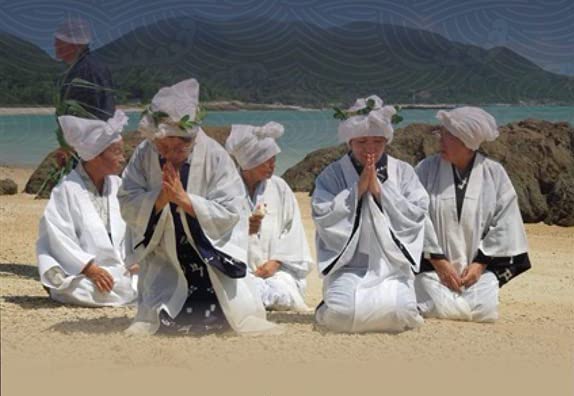Imari, the Birthplace of Japanese Ceramics
Crossing the small stone bridge that leads to Okawachiyama, covered entirely in blue and white porcelain, time seems to stand still.
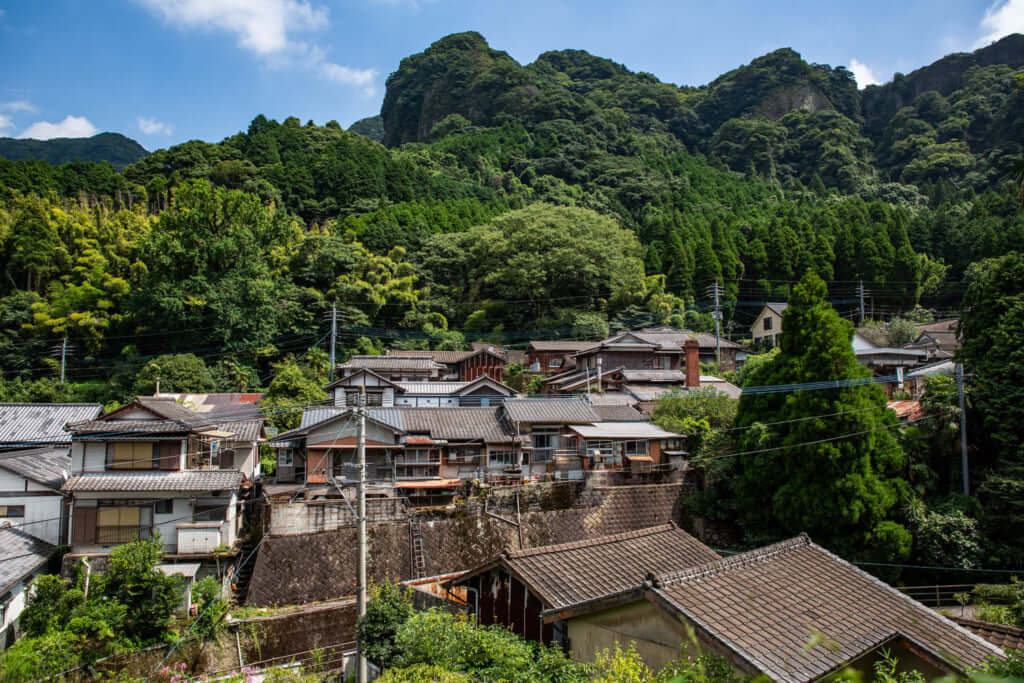
©CLEMENCE LELEU
In this small village surrounded by mountains, just six kilometres from Imari, the port from where porcelain was exported by the East India Company from the 17th century, everything seems to be suspended.
With high brick chimneys that reach towards the sky, doors of studios left ajar that appeal to the curious and traditional Japanese houses covered with pieces of coloured porcelain, the whole town appears unchanged. Okawachiyama, a village located on the island of Kyushu, is part of the exclusive club of ‘Hiyo no sato‘ villages, meaning villages with secret kilns. These are where the first Japanese ceramicists developed their techniques, which endure today.
Perpetuating a centuries-old craft
The Imari region, and more specifically the city of Arita, is the capital of Japanese porcelain, and has been for 400 years since the arrival of Korean ceramicists on the southernmost of Japan’s four main islands. It is thanks to the Korean potter by the name of Kanagae Sanpei or Kanagae Sanbee, depending on which historical account you read, that the art of pottery was brought to Japanese soil.
This precious craft was once closely guarded, with master ceramicists forbidden from leaving their villages in order to prevent their techniques from spreading. The Imari region had a significant advantage at the time, thanks to its large deposits of kaolin, a white clay used to make ceramics. It was all that was needed for numerous pottery studios to open their doors in the large city of Arita, as well as in the surrounding rural villages.
The region is very appreciated by ceramics enthusiasts, who are able to visit its workshops and discover two different styles of ceramics: Kakiemon, that can be used in everyday life, and Nabeshima, the most precious, which, between the 17th and 20th centuries, was reserved for gifts and Japanese dignitaries. This type of porcelain would often feature floral illustrations or images of birds or Japanese landscapes. The pieces were always produced using the same colour palette: red, blue and green, decorating the white of the porcelain.
Tracing the imperial court
In the past, the entire Edo court would visit the region, particularly the little village of Okawachiyama, where Nabeshima porcelain was produced. The village has managed to preserve its craft and visitors are still able to visit the different ceramics workshops. The atmosphere is peaceful, as the region is spared from mass tourism. Indeed, it is easiest to access Okawachiyama by car, as navigating there via public transport is not a simple task. Visitors arriving by car can travel down little roads through rice fields and forests to reach their destination. Visits to Okawachiyama are highly recommended in summer, when the village holds its annual furin festival. These small ceramic or glass bells jingle at the slightest trace of a breeze and are emblematic of Japanese summers, rendering the whole experience even more picturesque.
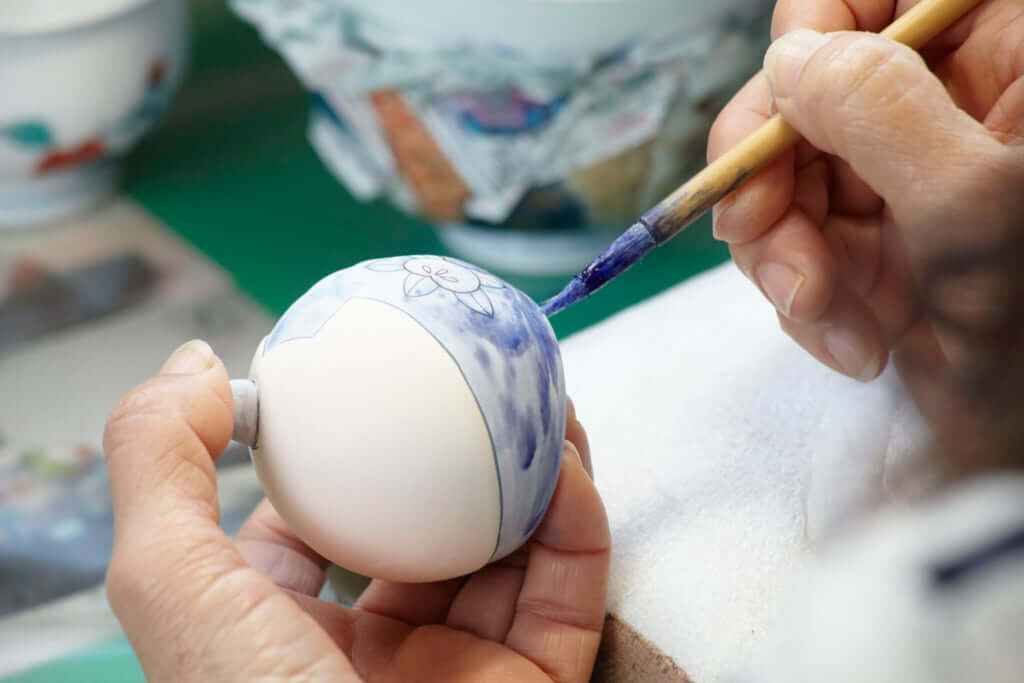
©JNTO
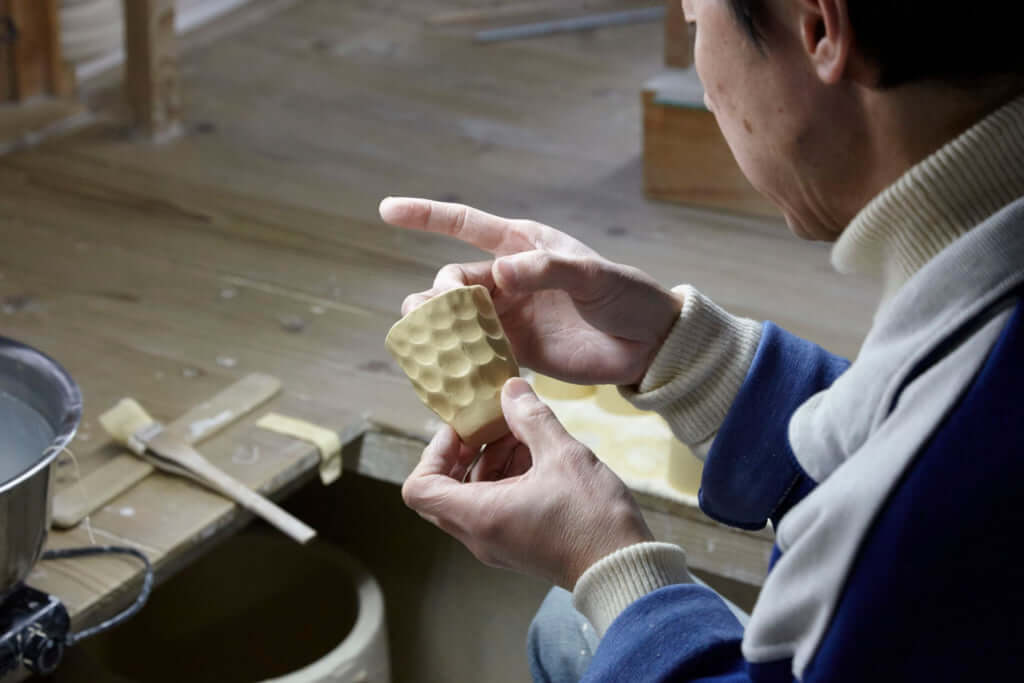
©JNTO
Tracing the imperial court
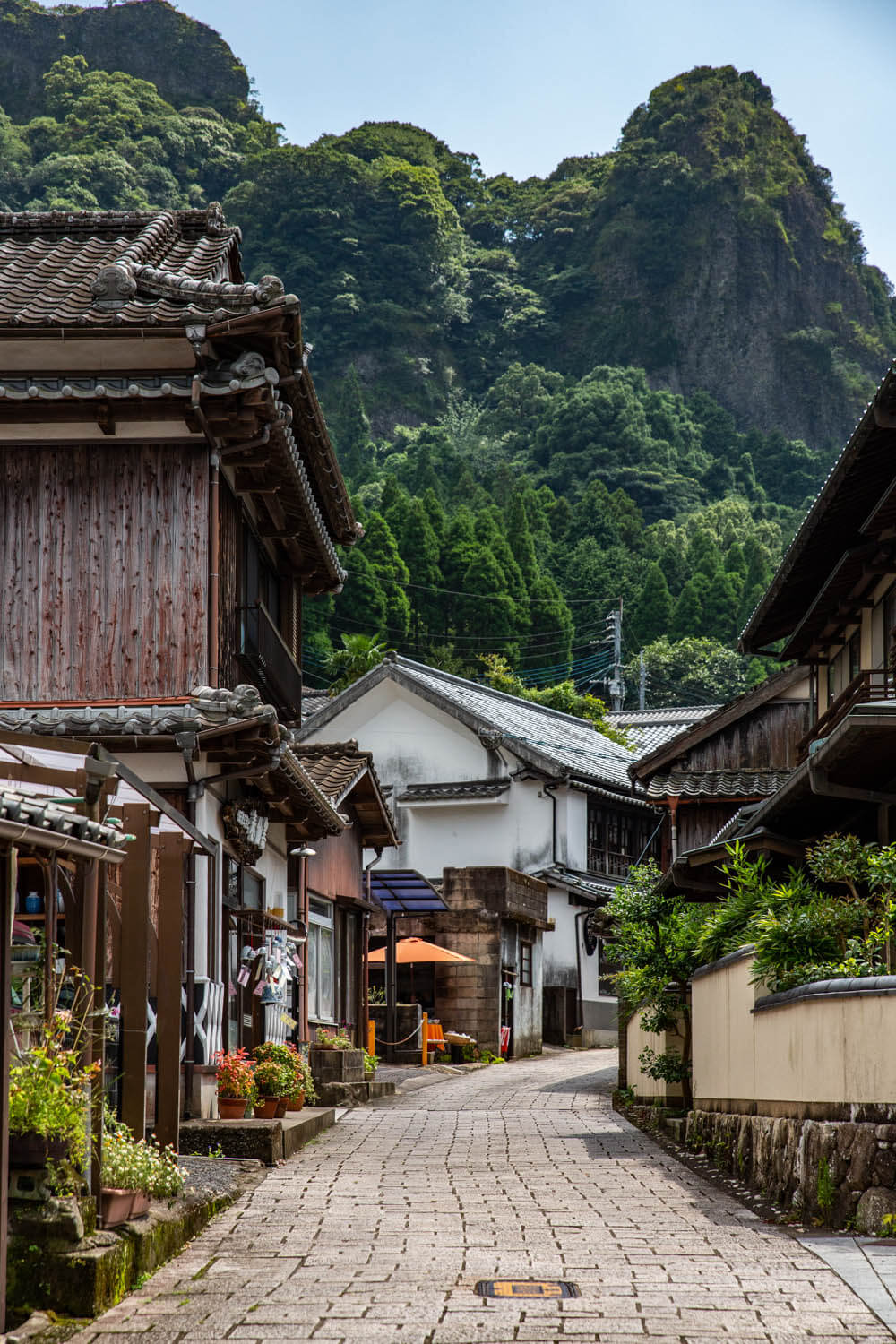
©CLEMENCE LELEU
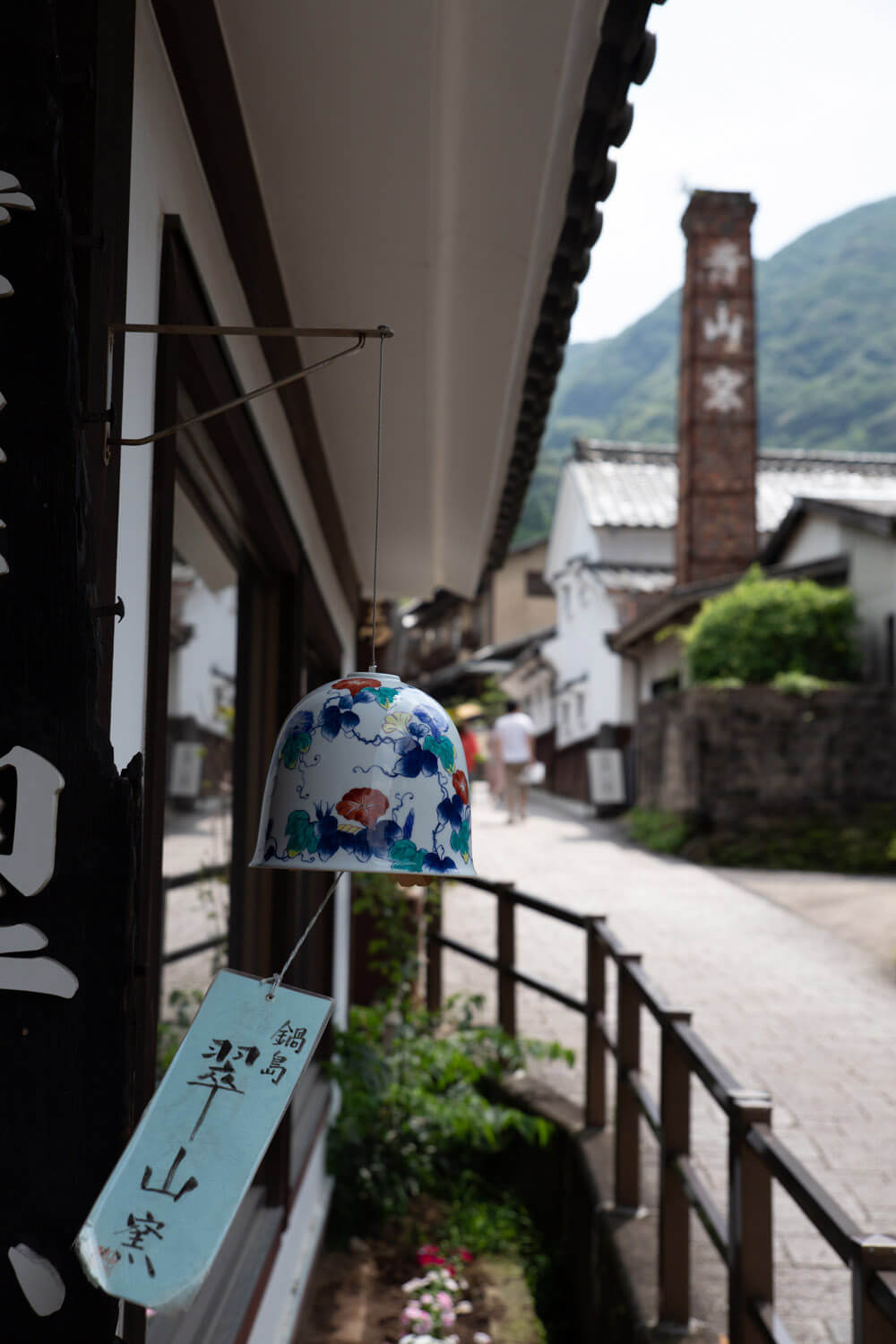
©CLEMENCE LELEU
TRENDING
-
The Tradition of the Black Eggs of Mount Hakone
In the volcanic valley of Owakudani, curious looking black eggs with beneficial properties are cooked in the sulphurous waters.

-
Gashadokuro, the Legend of the Starving Skeleton
This mythical creature, with a thirst for blood and revenge, has been a fearsome presence in Japanese popular culture for centuries.

-
The Tattoos that Marked the Criminals of the Edo Period
Traditional tattoos were strong signifiers; murderers had head tattoos, while theft might result in an arm tattoo.

-
‘YUGEN’ at Art Fair Tokyo: Illumination through Obscurity
In this exhibition curated by Tara Londi, eight international artists gave their rendition of the fundamental Japanese aesthetic concept.

-
An Encounter with the Last Shamans in Japan
Sociologist Muriel Jolivet's book offers an analysis combined with a travelogue and interviews with these women with supernatural powers.





